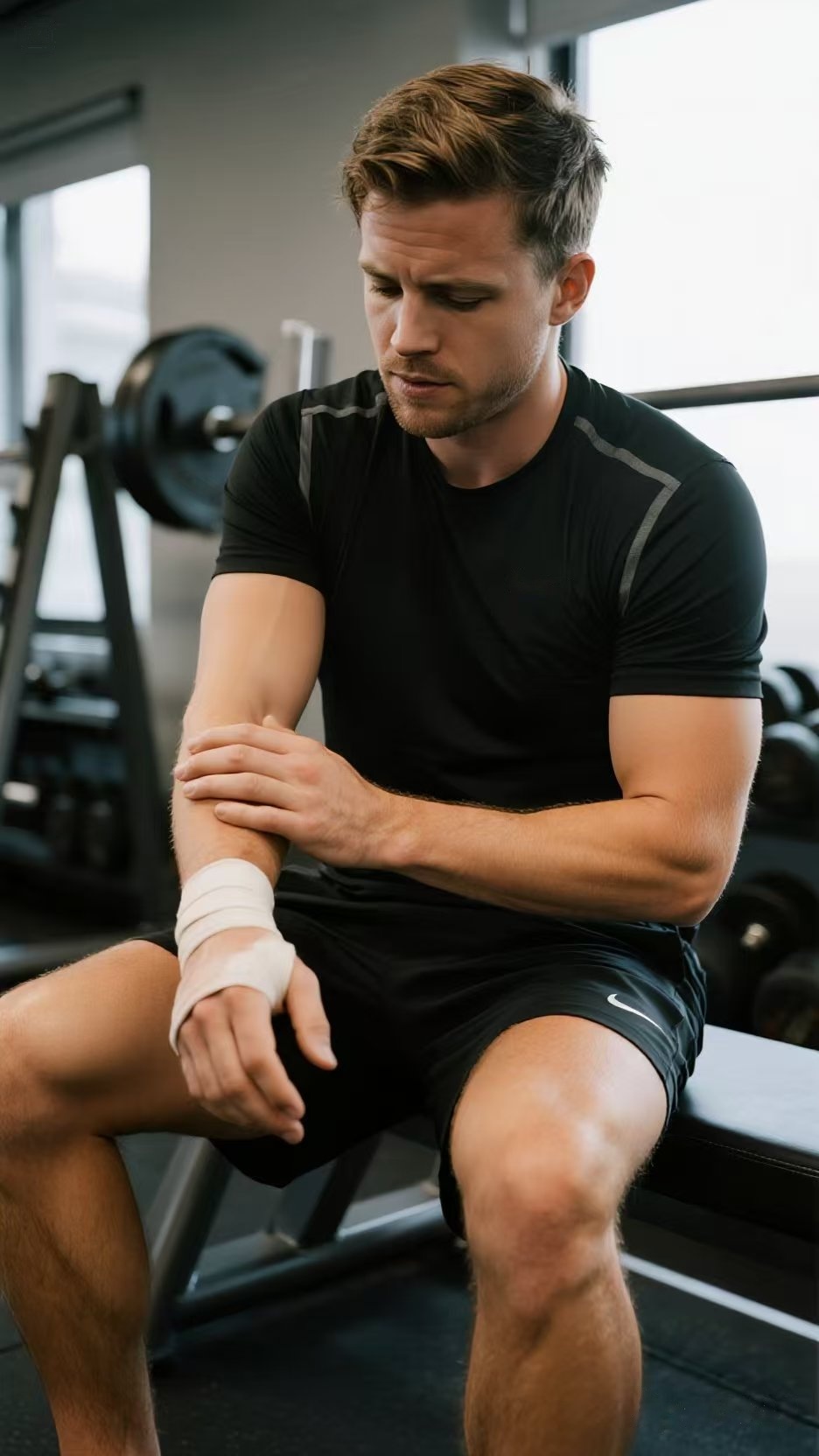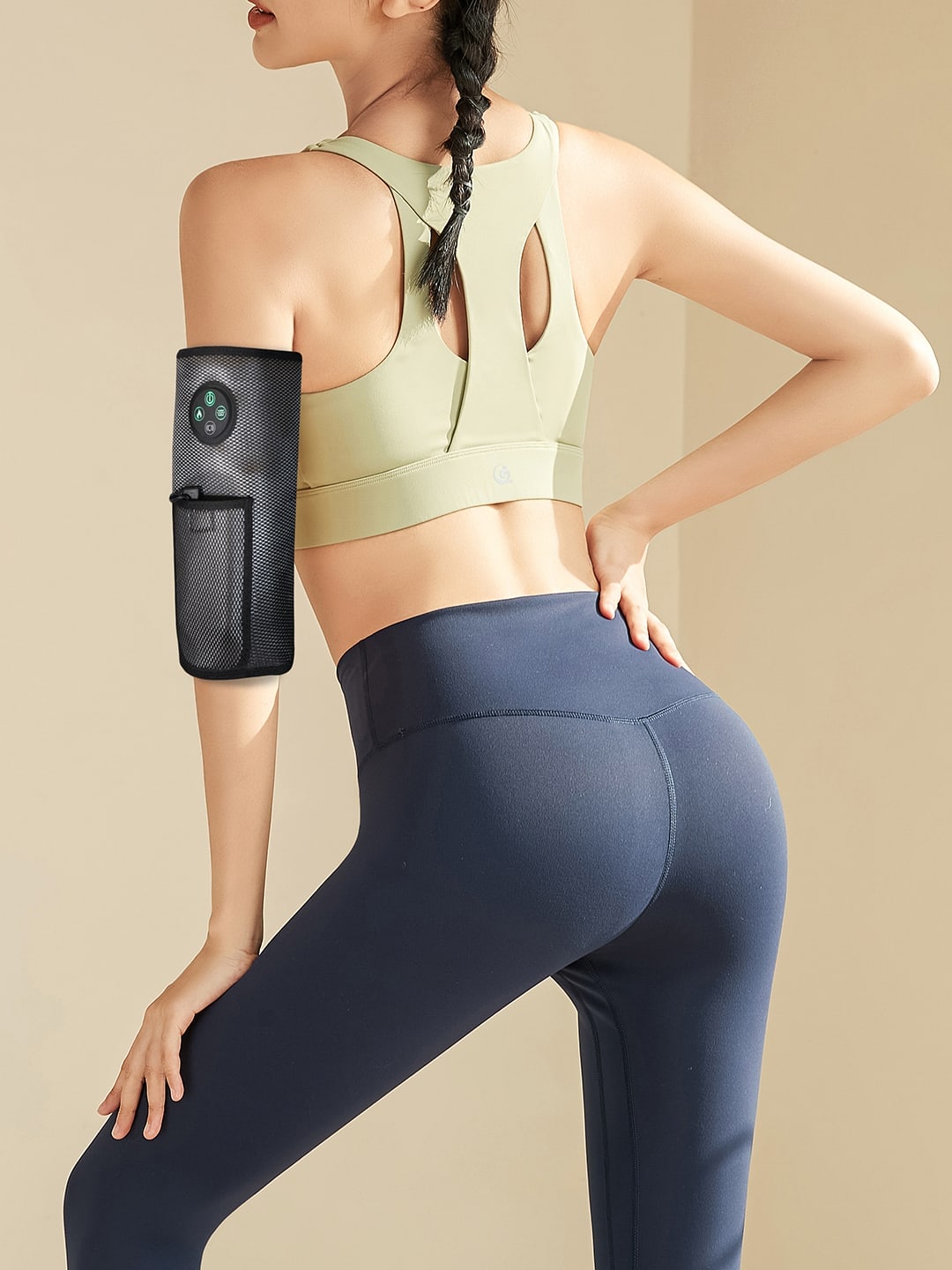Is Medical Massager the Tip Dilemma Solution for Fitness?
- By Grace
- Updated on
Have you ever found yourself fumbling for your wallet after an amazing massage, wondering what the 'right' amount to tip truly is? You're not alone. The world of tipping for personal services can feel like a minefield of unspoken rules. Many people advocate for a standard 20%, aligning with general service industry norms. But others question if tipping is even necessary when a therapist runs their own clinic. Let's not forget our international friends, who often come from cultures where tipping is non-existent. This dilemma can make you reconsider getting a massage altogether. What if there was a way to bypass this stressor while still giving your muscles the relief they crave? This is where modern wellness tools come in, offering a compelling alternative that brings professional-level benefits into your home, without the tipping quandary.
The Tipping Quandary: Why It's So Confusing
Let's be honest, the moment the session ends, a different kind of tension often begins. You’ve just experienced bliss, but then comes the anxiety: how much should you tip? For many, the default is 20% of the service cost. This perspective is rooted in the idea that massage therapists, like waitstaff, often rely on tips as a significant part of their income. It’s a way to acknowledge excellent service and support their livelihood.
However, the waters get muddier when your therapist operates from their own clinic. Some argue that if the therapist is the business owner and sets their own prices, then tipping isn't mandatory. The price you pay is presumed to cover their overheads and professional fee. This viewpoint often comes from those who see a massage more like a visit to a physical therapist, where an additional payment isn't expected.
Then, there's the global perspective. International visitors rightly point to vast cultural differences. In some countries, tipping isn't part of the culture, or it might even be considered an insult, implying the service provider isn't paid adequately. This cross-cultural clash creates real confusion, transforming a relaxing experience into a moment of social anxiety.
- Perspective 1: Service Industry Norms. Advocate for a 20% tip, seeing masseurs like other service providers.
- Perspective 2: Clinic Ownership. Suggest tipping is not mandatory if the therapist runs their own clinic.
- Perspective 3: Cultural Differences. Highlight that tipping norms vary globally, and in some regions, it's not customary.
Beyond the Table: The Power of Personal Recovery Tools
For fitness enthusiasts, muscle recovery and tension relief are necessities, not luxuries. After a tough workout, your muscles accumulate metabolic waste and experience micro-tears, leading to soreness. Traditional massage helps by increasing blood flow and breaking up adhesions, which aids in faster recovery. But scheduling frequent professional massages can be a logistical and financial challenge, especially with the tipping dilemma.
This is where personal wellness technology comes into play. These devices are designed to replicate many therapeutic benefits of a professional massage at home. They use mechanisms like targeted vibration, soothing heat, and even air pressure to penetrate deep into muscle tissue. For instance, some models are designed to relieve muscles and work on tense areas, effectively targeting the knots and soreness active bodies experience. It's about bringing clinic-level relief to your personal space.
Think about a device that can wrap around your shoulders, offering a combination of heat and vibration. The heat helps increase circulation and relax the muscles, preparing them for deeper work. Vibration therapy can help reduce muscle soreness and improve range of motion. These integrated features in a portable device mean you can enjoy consistent, targeted relief whenever you need it, effectively becoming your personal muscle recovery assistant.
- Targeted Relief: Pinpoint specific muscle groups for deep tissue work or gentle relaxation.
- Multi-Modal Therapy: Combine heat, vibration, and air pressure for comprehensive relief.
- Improved Circulation: Enhance blood flow to aid muscle recovery and reduce stiffness.
- Convenience & Accessibility: Enjoy therapeutic benefits anytime, anywhere, on your own schedule.
Recovery Tools for the Active Lifestyle
As someone invested in fitness, you know that consistent performance hinges on proper recovery. Muscle soreness and tightness can impede your next session, making it difficult to push your limits. This is a common pain point for many athletes. While stretching and foam rolling are staples, sometimes you need an extra push to get into those stubborn knots.
A high-quality recovery tool becomes an invaluable part of your toolkit. Percussion massagers are fantastic for post-workout muscle groups like hamstrings and quads, helping to break up lactic acid. For upper body tension from lifting, a device with heat and vibration can be incredibly effective at targeting the shoulders and neck. Incorporating these tools can drastically improve an individual's recovery time and flexibility.
Integrating a personal massager into your routine is straightforward. You can use it as part of your warm-up to increase blood flow or as a crucial component of your cool-down to aid in flushing out toxins and preventing delayed onset muscle soreness (DOMS). It's not just about treating pain, but also about proactive maintenance to keep your body primed for peak performance. This empowers you to take control of your well-being.
- Pre-Workout Activation: Gently warm up muscles and increase blood flow to prepare for exercise.
- Post-Workout Recovery: Alleviate soreness, reduce inflammation, and accelerate muscle repair.
- Targeted Relief: Address specific muscle knots and tension points from intense training.
- Flexibility Enhancement: Improve range of motion and reduce stiffness in overworked muscles.
Using Your Massager Safely and Smartly
Embracing a personal massager for your wellness journey is a fantastic step, but knowing how to use it correctly is paramount. The last thing you want is to cause more harm than good. Always start by reading the manufacturer's instructions thoroughly; they contain crucial specifics for your device.
One of the most important aspects is contraindication awareness. This means understanding when you should *not* use a massager. For example, direct application over open wounds, varicose veins, or areas with severe inflammation should be avoided. If you've recently had surgery, consulting your doctor about post-surgery protocols is non-negotiable. Be mindful of where you store and use your device; keeping it away from sources of open flame hazards is common sense. Also, ensure your device is a moisture-resistant model if you plan on using it in damp environments, but never submerge it unless the manufacturer says it's okay.
Start with a low intensity and gradually increase pressure as your body adapts. Pay attention to how you feel; if you experience sharp pain, stop immediately. It's also important to remember that not all conditions are suitable for self-treatment. For complex issues, seeking professional guidance is always the best course of action. Look for devices that are described as doctor-approved devices or are highly recommended by physical therapists, as this often indicates they meet certain safety standards.
- Read the Manual: Always begin by understanding your specific massager's guidelines and warnings.
- Start Low, Go Slow: Begin with the lowest intensity setting and gradually increase as tolerated.
- Listen to Your Body: Stop immediately if you experience sharp pain or discomfort.
- Target Soft Tissue: Avoid massaging directly over bones, joints, or sensitive areas.
- Mind Hygiene: Keep your device clean, especially if sharing, to prevent skin issues.
When Your Body Needs More: Consulting a Healthcare Professional
While a personal massager can be a fantastic addition to your routine, it’s crucial to recognize its limitations. These devices are excellent for everyday muscle soreness and tension, but they are not a substitute for professional medical treatment. There are times when self-care isn't enough, and your body is telling you it needs expert intervention.
If you experience persistent pain that doesn't improve with regular use, or if your pain worsens, it's a clear sign to consult a healthcare professional. This includes chronic conditions, sharp or radiating pain, numbness, or any unexplained swelling. These symptoms could indicate underlying issues that require a proper medical evaluation, such as nerve impingement or more serious injuries.
A qualified physical therapist, chiropractor, or doctor can provide a comprehensive diagnosis and create a tailored treatment plan. They can also advise you on whether a certain device is appropriate for your specific condition and guide you on the safest ways to incorporate it into your recovery. Remember, these tools work best when used intelligently and in conjunction with professional advice when necessary.
- Persistent Pain: If pain lasts longer than a few days or worsens despite use.
- Sharp or Radiating Pain: Indicative of potential nerve issues or more serious injuries.
- Numbness or Tingling: These neurological symptoms require immediate medical attention.
- Unexplained Swelling/Bruising: Could signal an underlying injury or medical condition.
- Chronic Medical Conditions: Always consult a doctor if you have conditions like heart disease, diabetes, or blood clotting disorders.

So, the tipping dilemma—that little anxiety-inducing moment after a blissful massage—can be sidestepped. By investing in a high-quality personal massager, you’re not just getting a tool; you're gaining control over your own muscle recovery. This empowers you to achieve consistent relief from post-workout soreness and everyday tension, all on your own schedule and in your own space, without the social pressures of tipping.
Weaving these powerful devices into your routine is about creating a personalized wellness journey. Whether it's a deep-kneading function, targeted heat, or powerful vibration, finding a massager that resonates with your needs can be transformational. Go ahead, reclaim your relaxation, reduce your stress, and keep those muscles happy and ready for anything.
Frequently Asked Questions About These Devices
- When should I avoid using a massager?
You should avoid using a massager over open wounds, skin infections, bruises, varicose veins, or areas with acute inflammation. It’s crucial to practicecontraindication awarenessif you have conditions like deep vein thrombosis or severe osteoporosis. Always consult your doctor if you’re unsure, especially concerningpost-surgery protocolsfor any recent operations.
- Are there massagers safe for damp environments?
Yes, some devices are designed with a higher degree of moisture resistance, making them safer for use in damp environments like a gym. Look for models advertised as "moisture-resistant models" or those with an IP (Ingress Protection) rating. However, even moisture-resistant devices are rarely meant to be fully submerged, so always check the product specifications.
- How to know if my condition prohibits massage?
The best way to know is to consult with a healthcare professional. They can assess your specific health status and provide personalized guidance, considering any pre-existing conditions or injuries. This is part of practicing goodcontraindication awareness. They can also advise on specificdoctor-approved devicesor techniques that might be safe and beneficial for you.
This reply is generated based on currently verifiable public information. It is recommended to cross-check key content with authoritative sources.





